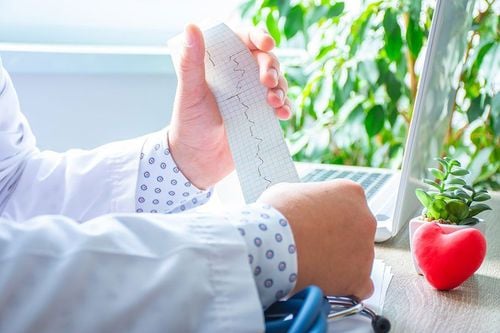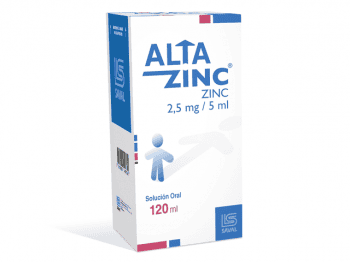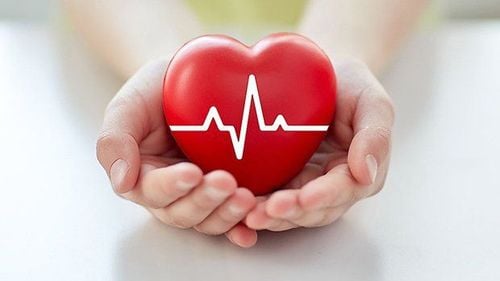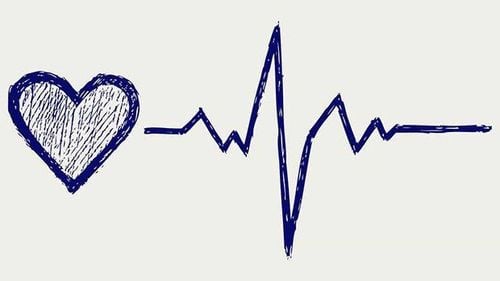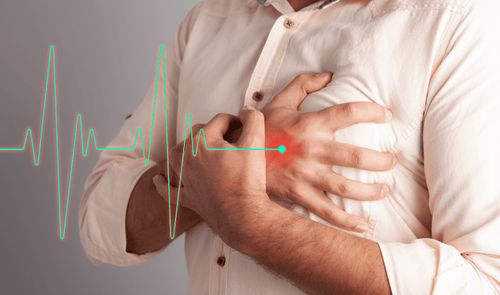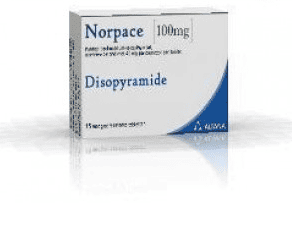This is an automatically translated article.
The article is professionally consulted by Cardiologist - Department of Examination & Internal Medicine - Vinmec Phu Quoc International General Hospital
Arrhythmia is one of the common cardiovascular abnormalities in clinical practice. Manifestations of the disease are very diverse and rich, so sometimes patients are subjectively not going to the doctor, leading to many different complications.
1. Cardiac Arrhythmia Overview
The heart in a normal person consists of 4 chambers that work rhythmically to pump blood to feed the organs in the body. The right atrium receives blood from the organs, sends blood to the right ventricle to be ejected to the lungs to conduct gas exchange, transforming oxygen-poor blood into oxygen-rich blood. The oxygen-rich blood then returns to the left atrium through the pulmonary veins, and finally to the left ventricle to carry blood throughout the body. The chambers of the heart are able to pump blood and function so synchronously because of their ability to spontaneously beat and conduct impulses to the heart muscle cells. The sinus node is located in the wall of the right atrium, near the opening into the superior vena cava, is the node that generates the main pulse with a frequency of about 60-100 beats/min, which is likened to the conductor directing myocardial contractility. The atrioventricular node, the atrioventricular bundle, the bundle of His, the left bundle branch, the right bundle branch, and the Purkinje fibers are constitutive components of the intracardiac conduction system, which carries excitations from the right atrium to individual myocardial cells in the heart. remaining heart chambers.Arrhythmia means an abnormal heart rhythm, which occurs when there is an abnormality in the generation of impulses or disturbances in the transmission of impulses in the heart, or a combination of the two. This is not a rare medical condition in clinical practice, patients need to visit medical facilities for examination, consultation, treatment planning to understand and control their health situation well. than.
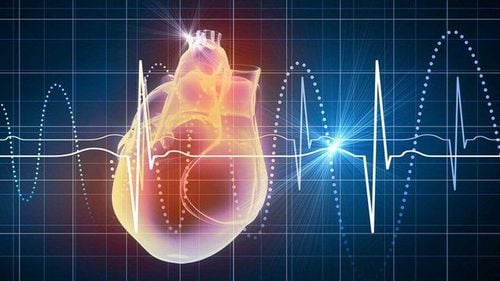
Khi tim có vấn đề bất thường sẽ gây ra rối loạn nhịp tim
2. Cardiac arrhythmias due to increased myocardial automaticity
The impulse conduction system is a special type of cell in the body because they are automatic. This feature is clearly demonstrated by the spontaneous impulses of the sinoatrial node. In healthy individuals, the atrial and ventricular cardiomyocytes themselves are not capable of initiating rhythm. They cannot contract on their own for diastolic depolarization because the pacing interval of the ionic fluxes in the atrial and ventricular myocytes is so negative that ionic current migration does not induce autodepolarization. However, in some cases, atrial and ventricular myocytes have elevated resting potentials sufficiently high to spontaneously initiate a repeated process of diastolic depolarization, termed automaticity abnormality. heart muscle. When pulses with too high a frequency, they can occupy the role of the rhythm master of the sinus node, causing the heart to contract ineffectively. This abnormal automatism can occur in any other part of the heart, and is common in areas where the blood supply is lacking.The pulse frequency of regions with abnormal automatism is fast or slow depending on the membrane potential. Frequency increases proportionally when the membrane potential of cardiac muscle cells is high. Therefore, irregular heart rhythms according to an abnormal automatic mechanism are not usually dangerous enough to inhibit cardiac activity by means of over-frequency pacing.
Abnormal automaticity causing arrhythmia can also appear when the membrane potential is low, accompanied by many related factors such as myocardial infarction, myocardial ischemia, coronary artery disease . In myocardial ischemia, the extracellular potassium concentration increases, causing the membrane potential to decrease.
Several types of abnormal heart rhythms can occur due to disorders of myocardial automatism such as atrial tachycardia in young people, ventricular tachycardia after reperfusion intervention, ventricular tachycardia due to ischemic heart disease, etc. ..

Điều trị rối loạn nhịp tim có thể phát hiện sớm bệnh nhồi máu cơ tim
3. Arrhythmia due to re-entry loops
The occurrence of re-entry loops is the most common mechanism in the group of causes of impulse conduction disturbances causing arrhythmias. Impulse conduction in this case takes place in two structurally and functionally different pathways. Stimulus conduction arrives earlier causing arrhythmia. This pre-excitation is then suppressed in one conduction pathway and conduction slower in the other. The conduction rate is slow enough that the initially blocked conduction pathway recovers, and the stimulus is transmitted back up the initially blocked pathway, creating a re-entry loop. The type of arrhythmia caused by re-entry is tachycardia. The tempo change is due to the reciprocal action between the early arrival waves. The fused re-entry loop transform represents the separation between the inlet and the outflow tract, which can be observed on the electrocardiogram.Re-entry loop mechanism can produce cardiac arrhythmias such as atrial tachycardia, often starting with atrial extrasystoles, atrial flutter, idiopathic ventricular tachycardia, scar-damaged ventricular tachycardia, reentrant tachycardia atrioventricular node, ...
Master. Doctor Danh Man graduated with a Master of Medicine from the University of Medicine and Pharmacy in Ho Chi Minh City. Ho Chi Minh City and has many years of experience in the examination, prevention and treatment of cardiovascular diseases. Currently, the doctor is working at the Department of Medical Examination & Internal Medicine - Vinmec Phu Quoc International General Hospital.
To protect cardiovascular health in general and detect early signs of myocardial infarction and stroke, customers can sign up for Cardiovascular Screening Package - Basic Cardiovascular Examination of Vinmec International General Hospital . The examination package helps to detect cardiovascular problems at the earliest through tests and modern imaging methods. The package is for all ages, genders and is especially essential for people with risk factors for cardiovascular disease.
Please dial HOTLINE for more information or register for an appointment HERE. Download MyVinmec app to make appointments faster and to manage your bookings easily.




